Progression #2 Top Roping

Read Progression #1 HERE!
Are the auto belays getting repetitive? The boulders feeling short? Do you find yourself looking longingly at the people rope climbing? All the routes they get to try and not having to lower immediately upon falling. Getting top rope belay qualified is a great way to expand your fun in the gym and skills on the wall, and can be done pretty much immediately. There are no climbing prerequisites; you just need to be 14+ to take the course. If you enjoy climbing and want to grow your skills and abilities, becoming top rope belay qualified will allow you access to even more routes and wall angles. Top roping allows us to work challenging moves more efficiently. Instead of lowering every time we fall, we can now have the belayer keep us positioned on the wall to reattempt the moves.
If you’ve never top roped before but want to learn, a great way to start is by taking the Basic Top Rope Skills class. This beginner lesson is designed as an introduction to learning the ropes. The lesson covers knot tying, belaying, rope management skills, the use of technical equipment, and climbing commands. Emphasis is placed on the skills needed to belay in a controlled environment. This class is for people 14+ in age who want to learn how to top rope. Click here to check out our top roping classes!
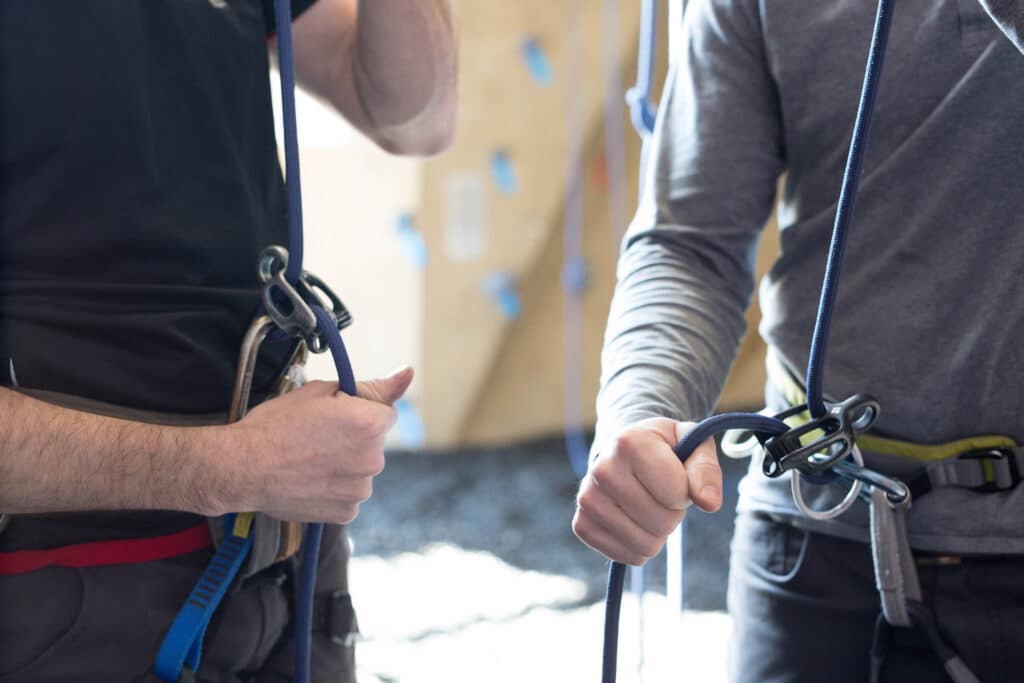

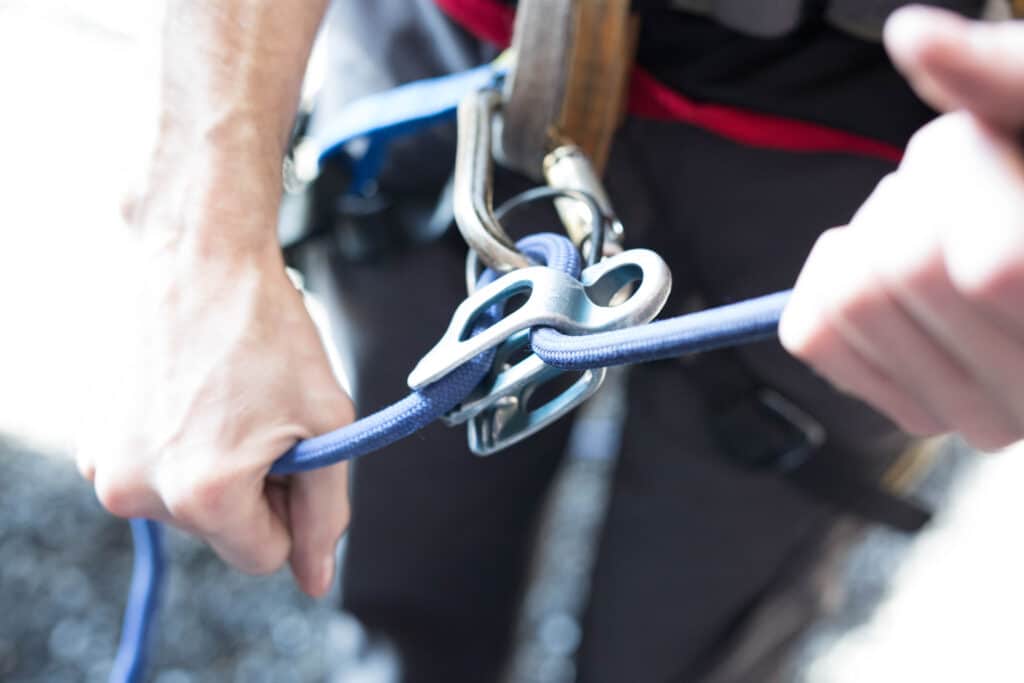
Once you take the class and feel comfortable in your skills, it’s time to take the test. Once you have taken and passed the belay test, it’s time to start top roping. You are going to have a huge increase in the walls and routes you are able to climb now. Auto belays are usually limited to low-angle overhang, vertical, and slab walls. So, find new wall angles to try out! Slightly steeper overhanging walls are a great way to start building more strength and technique. These routes will require more tension and be less forgiving. They are a great way to start progressing onto more challenging climbs. These skills will be necessary as you look to the future and start thinking about your lead certification.
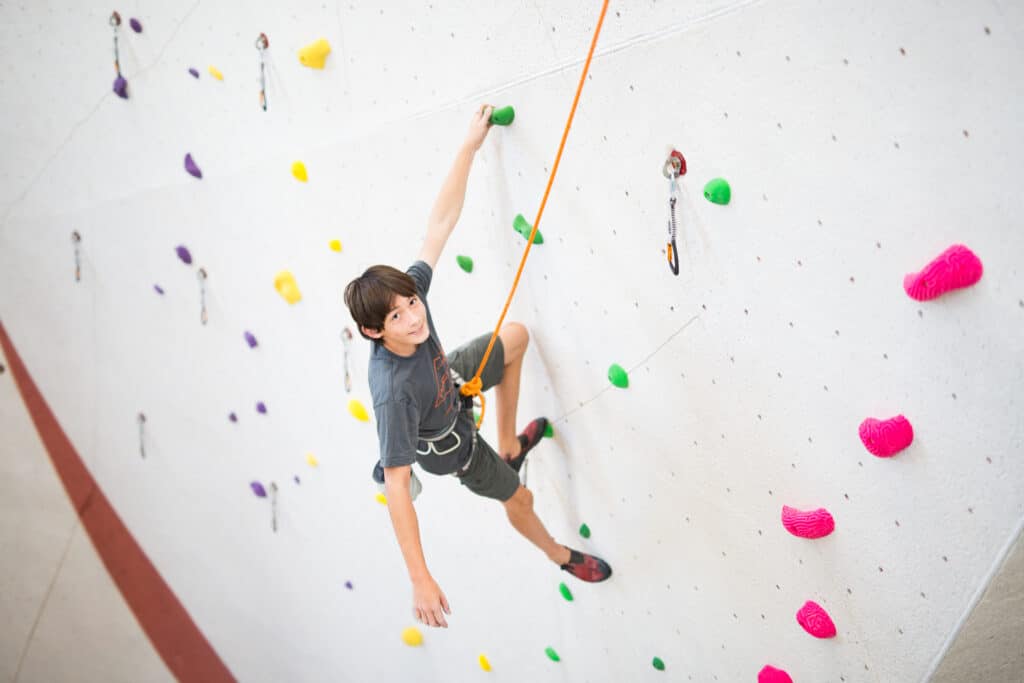
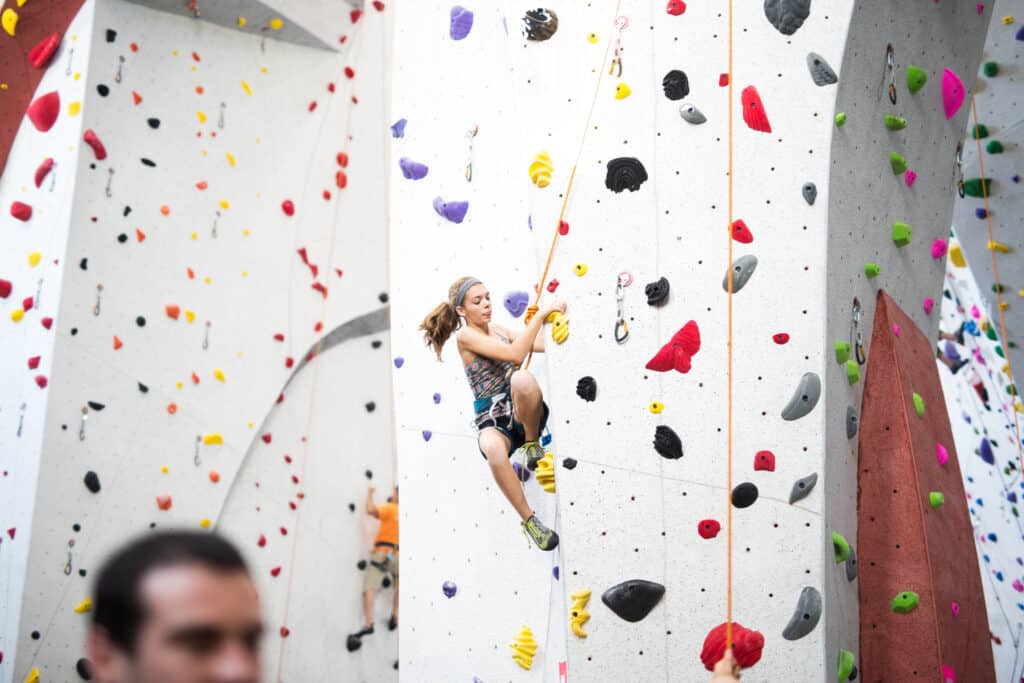
You no longer need to lower back to the ground with each attempt or quickly grab a hold to keep your spot on the wall. Use this to start projecting (working) on harder routes. Find a route that is challenging for you; when you fall, give the moves a decent amount of tries. Try different sequences, try harder, really try to understand why you are falling, and what you can change to get through the moves. Remember, through failure, we progress and succeed.
Belay on! Climb on!
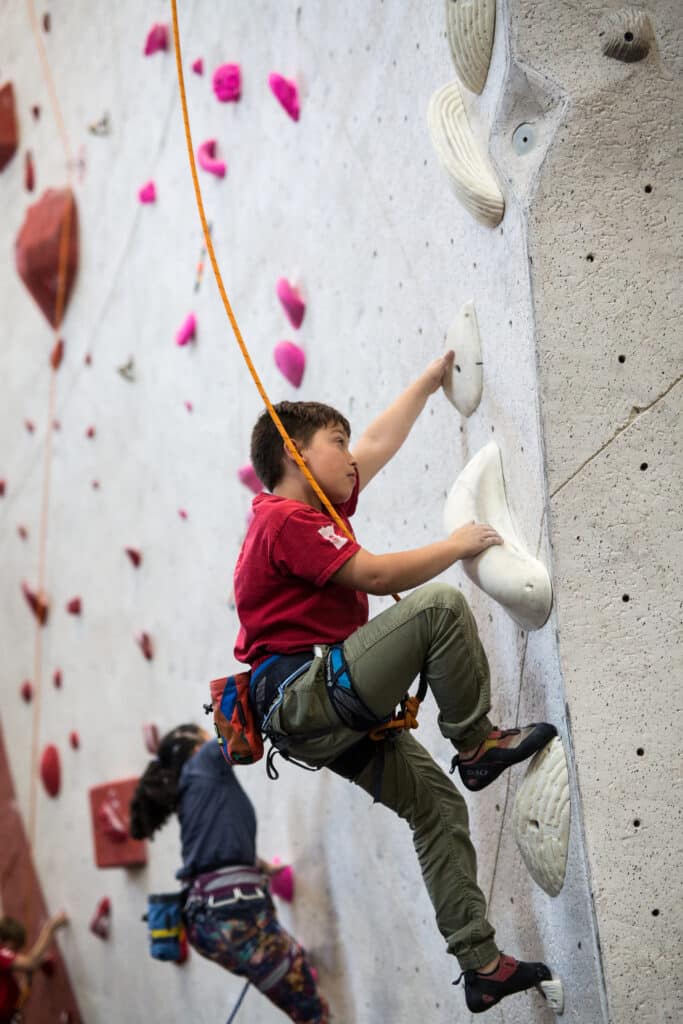
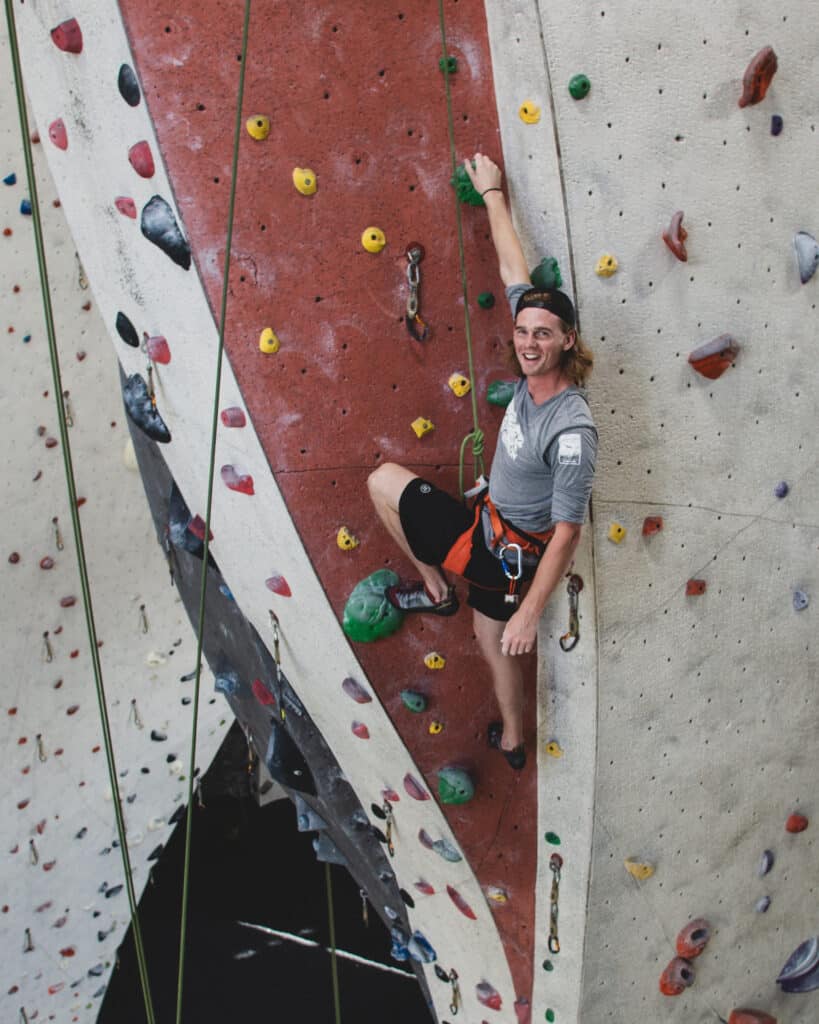
Climbing is dangerous, it involves inherent and other risks and cannot be eliminated. The information presented here does not describe all of the risks associated with climbing and is not intended to replace or supersede expert instruction and training.
© 2024 Vertical Endeavors, Inc. All rights reserved. The contents of this article, photographs, and graphical representations are protected by U.S. and International copyright laws. Reproduction and distribution, in part or whole, without written permission from Vertical Endeavors are prohibited. The opinions and information contained in this article are for entertainment and informative purposes. They are those of the author and may not represent those of Vertical Endeavors, and do not necessarily reflect the ideas, ideologies, opinions, or points of view of the organization, affiliates, owners, stockholders, partners, suppliers, licensors, or staff. Under no circumstances shall Vertical Endeavors or any entity that is, has been, or will be affiliated be liable for any indirect, incidental, consequential, special, or exemplary damages arising out of or in connection with the information contained in this article.

